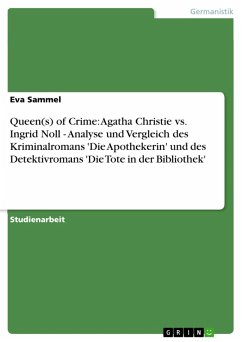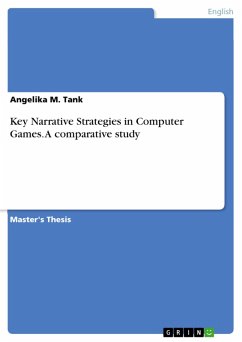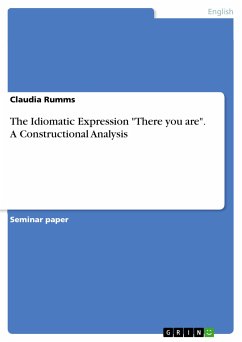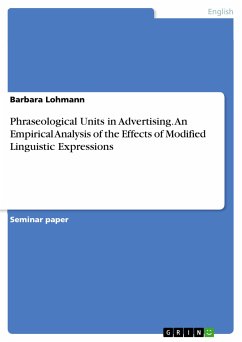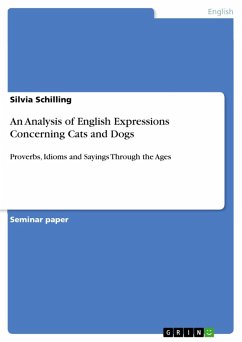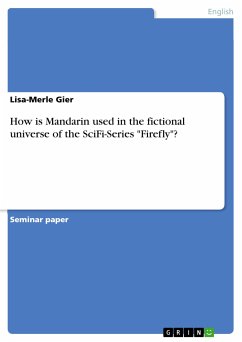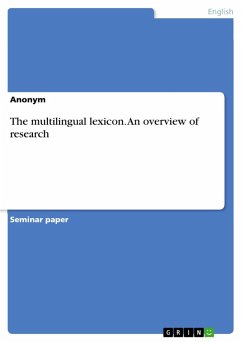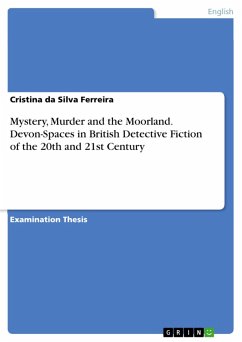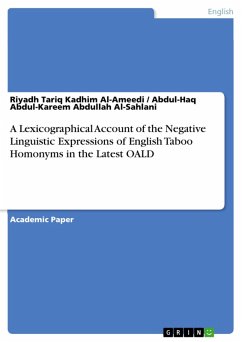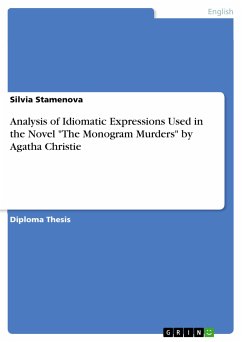
Analysis of Idiomatic Expressions Used in the Novel "The Monogram Murders" by Agatha Christie (eBook, PDF)
Sofort per Download lieferbar
Statt: 17,95 €**
15,99 €
inkl. MwSt. und vom Verlag festgesetzt.
**Preis der gedruckten Ausgabe (Broschiertes Buch)
Alle Infos zum eBook verschenkenWeitere Ausgaben:

PAYBACK Punkte
0 °P sammeln!
Diploma Thesis from the year 2016 in the subject English Language and Literature Studies - Literature, grade: 5.00, New Bulgarian University, language: English, abstract: The question posed in this thesis concerns the usage of idioms in the everyday language, as well as in the book "The Monogram Murders". This paper, therefore, argues that in the non-literal language, some differences are obvious, and thus we can recognize an idiom quite easily. However, there are differences and divisibilities in the idioms themselves - some of them bear the meaning of their compounds while others are simply ...
Diploma Thesis from the year 2016 in the subject English Language and Literature Studies - Literature, grade: 5.00, New Bulgarian University, language: English, abstract: The question posed in this thesis concerns the usage of idioms in the everyday language, as well as in the book "The Monogram Murders". This paper, therefore, argues that in the non-literal language, some differences are obvious, and thus we can recognize an idiom quite easily. However, there are differences and divisibilities in the idioms themselves - some of them bear the meaning of their compounds while others are simply composed of words that cannot be used with their literal meaning, especially in the context of the idiom itself. The language as a system of communication has both literal and often figurative meanings. However, in the historical grammaticism such a meaning was often used in order to give notions like metaphors, similes, proverbs and idioms. Most of them often carry a metaphorical sense that makes their comprehension difficult, as in fact their meaning cannot be inferred/guessed from the meaning of their constituent parts. Taking all of the abovementioned into account, in the present thesis I will present the results of the research I have made based on the idiomatic usage in the novel of Agatha Christie "The Monogram Murders". Due to the extensive length of my research, I will focus on the idioms that have made their impression on me and on their translation into Bulgarian. The aim of this graduate thesis is to evaluate and describe the idiomatic expressions used in the novel "The Monogram Murders" by Agatha Christie. That kind of analysis is particularly interesting as it concerns the work of art of ¿ famous writer that from ¿ semantic point of view describes the ideas composing the whole book.
Dieser Download kann aus rechtlichen Gründen nur mit Rechnungsadresse in A, B, BG, CY, CZ, D, DK, EW, E, FIN, F, GR, HR, H, IRL, I, LT, L, LR, M, NL, PL, P, R, S, SLO, SK ausgeliefert werden.




